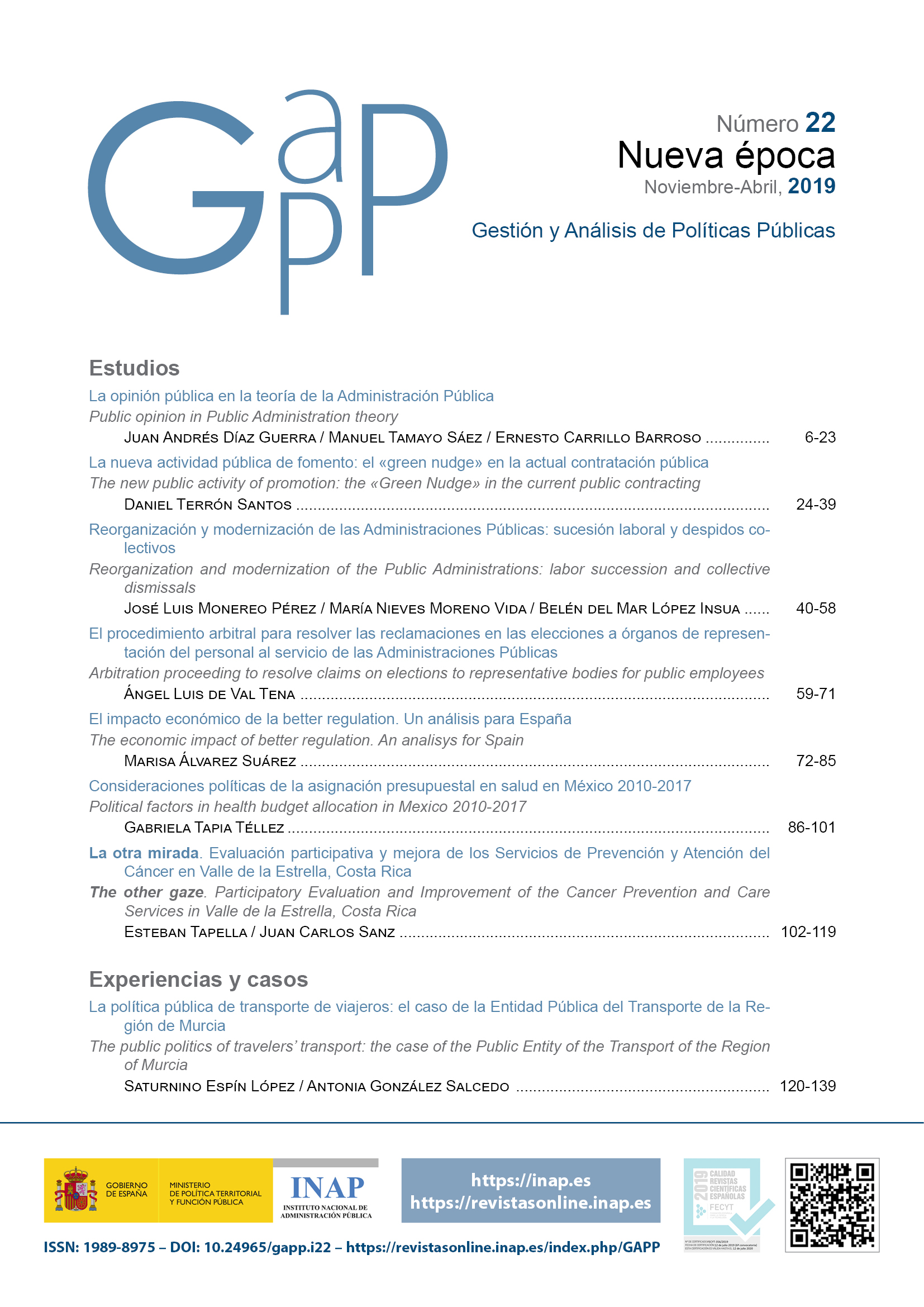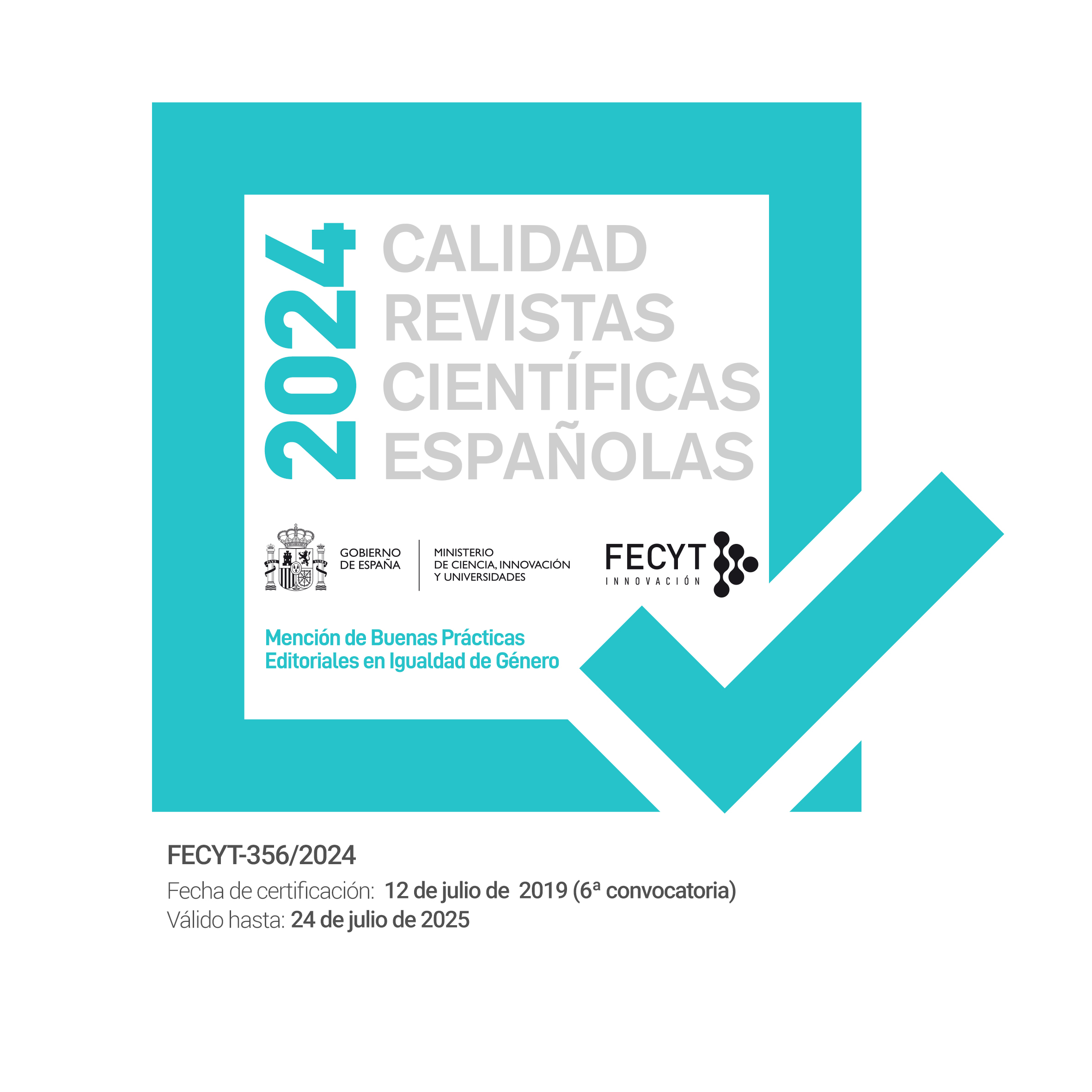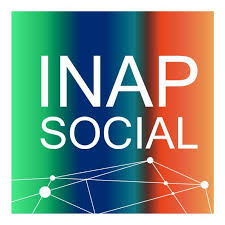Political factors in health budget allocation in Mexico 2010-2017
DOI:
https://doi.org/10.24965/gapp.i22.10588Keywords:
Budget, health, localities, Mexico, politisationAbstract
Research analyzes, from an institucional/political perspective known as «the policy making process», health budget allocation for localities in México during 2010-2017. The main objective of the research was to observe the influence of political/institutional variables of allocation focusing on the Executive and Legislative branch in two presidential periods and three legislatures. Two types of relations were observed: 1. The relationship between political party at the presidency and political party at each entity. 2. The relationship between political party with majority in the Lower Chamber and political party governing the entity. The relations were observed through arithmetic averages of allocation for each period for: 1. Localities governed by the same political party than the presidential one 2. All localities 3. Localities governed by opposition. We found that politisation of allocation depends on the political party at the presidency. During the presidency of Partido Acción Nacional (PAN) we do not observe more allocation towards entities governed by PAN, on the contrary, entities governed by opposition received in average more health resources. With Partido Revolucionario Institucional (PRI) however, we observe a clear politisation of health resource allocation. Between 2013-2017 every year there is a coincidence between PRI presidency and resource allocation for localities governed by PRI. Also, every year PRI had majority in the Lower Chamber (2010-2017) entities governed by PRI received in average more health resources than entities governed by opposition.
Downloads
References
CÁMARA DE DIPUTADOS (2012): Álbum de Diputados Federales 2009-2012. Legislatura LXI (08 de agosto de 2012). URL: http://sitllxi.diputados.gob.mx/album_dips.pdf [Accesado: 08-11-2017].
CÁMARA DE DIPUTADOS (2015): Álbum de Diputados Federales 2012-2015. Legislatura LXII (14 de agosto de 2015). URL: http://sitllxii.diputados.gob.mx/album_foto_tc.pdf [Accesado: 08-11-2017].
CÁMARA DE DIPUTADOS (2017): LXIII Legislatura. URL: http://sitllxiii.diputados.gob.mx/info_diputados.php [Accesado: 08-11-2017].
CONEVAL (2018): Estudio diagnóstico del derecho a la salud 2018. Ciudad de México: CONEVAL. URL: https://www.coneval.org.mx/Evaluacion/IEPSM/Documents/Derechos_Sociales/Diag_derecho_Salud_2018.pdf.
ESPINOSA, S. (2014): “Mecanismos informales de negociación presupuestal y el impacto de las participaciones en el gasto de los estados. El caso de Baja California, México”, en Gestión y Política Pública, vol. XXIII, núm. 1, págs. 47-78.
INSTITUTO BELISARIO DOMÍNGUEZ (2018): Recursos destinados al sector salud en el Presupuesto de Egresos de la Federación 2018. México: Senado de la República, Dirección General de Finanzas. Serie: Seguimiento al Ciclo Presupuestario. LXIII Legislatura.
KHAN, A. y HILDRETH, W. B. (2002): “Preface”, en KHAN, A. y HILDRETH, W. B. (ed.): Budget Theory in the Public Sector. Connecticut, London: Quorum books.
THOMAS, L. P. (2002): “The Separation of Powers Principle and Budget Decision”, en KHAN, A. y HILDRETH, W. B. (ed.): Budget Theory in the Public Sector. Connecticut, London: Quorum books.
MAJONE, G. (2008): Evidencia, argumentación y persuasión en la formulación de políticas. México: Fondo de Cultura Económica.
MARCEL, M., GUZMÁN, M. y SANGINÉS, M. (2014): Presupuestos para el desarrollo en América Latina. Washington: BID.
MARTÍNEZ GONZÁLEZ, J. G. (2015): “Reforma al Presupuesto Federal”, en El cotidiano, núm. 192, págs. 63-68.
MEDRANO, A. y SMITH, H. J. M. (2017): “Inversión estatal en programas sociales a tres décadas de la descentralización y la reforma social en México”, en Gestión y Política Pública, vol. 26, núm. especial, págs. 157-189.
México Evalúa (2011): “10 puntos para entender el gasto en salud en México: En el Marco de la Cobertura Universal”. URL: https://www.mexicoevalua.org/2011/01/01/10-puntos-para-entender-el-gasto-en-salud-en-mexico-en-el-marco-de-la-cobertura-universal/.
MINISTERIO DE SALUD (31 de marzo 2016): “Informe de brechas sobre personal de salud por servicio de salud”. Santiago de Chile. URL: http://web.minsal.cl/wp-content/uploads/2015/08/Informe-Brechas-RHS-en-Sector-P%C3%BAblico_Marzo2016.pdf.
OLMEDA, J. y ARMESTO, M. A. (2013): “México: el regreso del PRI a la presidencia”, en Revista de Ciencia Política, vol. 33, núm. 1, pág. 247-267. DOI: https://doi.org/10.4067/s0718-090x2013000100012.
PARDO, M.ª C. (2015): “La modernización administrativa del gobierno de Felipe Calderón: Entre la austeridad y la reforma”, en Foro Internacional, vol. LV, núm. 219, págs. 83-115. DOI: https://doi.org/10.24201/fi.v55i1.2263.
SCARTASCINI, C. (2008): “Who’s Who in the PMP: An Overview of Actors, Incentives and the Roles They Play”, en STEIN, E. y TOMMASI, M. (eds.): Policymaking in Latin America: How Politics Shapes Policies, págs. 29-68. Washington DC: Interamerican Development Bank, David Rockefeller Center for Latin American Studies. DOI: https://doi.org/10.2139/ssrn.1719386.
SECRETARÍA DE HACIENDA Y CRÉDITO PÚBLICO (2012): “Registro en cartera de programas y proyectos de inversión”. Subsecretaría de Egresos, Unidad de Inversiones. URL: http://www.cmic.org.mx/comisiones/sectoriales/infraestructurahidraulica/programas%20S HCP/RegistroenCarteraenProgramasyProyectosdeInversion.pdf.
SOLÉ-OLLÉ, A. y SORRIBAS-NAVARRO, P. (2008): “The Effects of Partisan Alignment on the Allocation of Intergovernmental Transfers: Differences-indifferences Estimates for Spain”, en Journal of Public Economics, vol. 92, núm. 12, págs. 2302-2319. DOI: https://doi.org/10.1016/j.jpubeco.2007.06.014.
SØRENSEN, R. J. (2003): “The Political Economy of Intergovernmental Grants: The Norwegian Case”, en European Journal of Political Research, vol. 42, núm. 2, págs. 163-195. DOI: https://doi.org/10.1111/1475-6765.00079.
SPILLER, P., STEIN, E. y TOMMASI, M. (2008): “Political Institutions, Policymaking, and Policy: An Introduction”, en STEIN, E. y TOMMASI, M. (eds.): Policymaking in Latin America: How Politics Shapes Policies, págs. 1-28. Washington DC: Interamerican Development Bank, David Rockefeller Center for Latin American Studies.
UNICEF (2014): El proceso presupuestario en México y su contexto político.
WELDON, J. (1997): “Las fuentes políticas del presidencialismo en México”, en MAINWARING, S. y SOBERING, M. (eds.): Presidencialismo y democracia en América Latina. Buenos Aires: Paidós.












